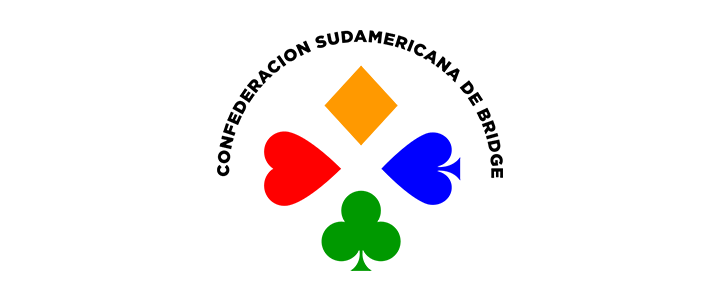By ROBERT G. POWELL SARASOTA —
Mr. Pigeon came through the entrance door of the bridge club and looked around eagerly. Several of us waved to him, and as he approached our table there seemed to be an excited buoyancy to his step. After we had exchanged greetings, Mr. Pigeon, in the triumphant manner of one about to spring an enormous surprise, spread a deck of cards on the table before us and said, «Here are the four hands and the bidding from a rubber game. Now, if YOU were the declarer, how would you play this deal?»
Neither side vulnerable South dealer

While we gathered around to ARCH the hand, Mr. Slye shook his head, said, «South doesn’t have the values to open the bidding and North has no right to catapult directly to four spades. But they did. And that’s why we have this problem.»
He analyzed the deal for another minute or so, then asked. «What was the opening lead?»
«The ace of diamonds. Then West shifted to the jack of clubs.»
Mr. Slye digested this information, then volunteered, «Here’s the way I would play it: I would take the club jack in my hand with the king, then lead the diamond nine and call dummy’s spade three for the ruff. I would then call the spade six from dummy and take in my hand with the king, then play the club 10 to dummy’s ace and call the club nine. If East ducked, as he should, I would play the deuce of hearts on the trick, the famous loser-on-a-loser play, and West should ruff with the seven.
If West should elect to return a heart at this point, I can make my contract. But should West be smart enough to return either a diamond or a trump, I, having to play the hearts from my own hand, am destined to lose two heart tricks and these, added to the diamond ace and the club ruff I have already lost, will be enough to set the contract one trick. Is that the way you played it, Mr. Pigeon?
Mr Pigeon smiled, shook his head. «Sorry to disappoint you, Mr Stye, but it wasn’t I who played the hand; it was a gentleman I doubt any of you ever met and he didn’t play it as well as you did, Mr. Slye.
Having nine trumps between the two hands, he played for the drop of the queen by leading two rounds of trumps. «Then, when the queen failed to fall, he seemed to lose complete control of the hand and began to do everything wrong. The net result was that he lost a total of six tricks — one spade, three hearts, one diamond and one club — to go down three tricks for minus 150.»
Mr. Syker interposed. «Outside of the fact that the declarer bid and played his cards badly, I fail to see the point of the story. That is, if there is a point.»
Mr. Pigeon’s smile was quite triumphant now. «Oh, there’s a point alright! Quite a point!» He gazed around him for several seconds at his thoroughly intent audience hanging avidly on his every word, then, in a dramatic voice, added, «His partner shot him!» The sounds of startled breaths being indrawn rapidly came from the listening group, but before anyone spoke Mr. Pigeon continued. «Yes, that’s right! His partner, who happened to be his wife, shot the declarer, John S. Bennett, who had bid and played his hand so badly!
According to witnesses, this is what happened: Mrs. Bennett began to berate her husband by calling him a bum bridge player. He retaliated by slapping her several times, during which she continued calling him names. Suddenly he leaped up from the table, announced he was packing his grip and leaving home. This seemed to infuriate Mrs. Bennett so much that she ran into a spare bedroom, grabbed up a revolver they kept in a drawer and then pumped two shots into her husband, thereby killing him.
Later on, that same year. Mrs. Bennett was tried for murder and acquitted by the jury.» Mr. Pigeon stopped his discourse to glance at us and Mr. Syker seized this opportunity to say chidingly, «Yourie putting us on, Mr. Pigeon.» Mr. Pigeon again gave us that wide triumphant smile and replided, «Not in the least, Mr. Syker. The events I have covered happend in 1931 in Kansas City, Kansas and you will find complete details of them and the ‘Bennet Murder Hand,’ as it is called, on pages 33 and 34 of the Official Encyclopedia of Bridge available at any public library.
